
Pocitos: The Seaside Jewel of Montevideo
Discover Pocitos in Montevideo: A perfect blend of beachside beauty, culinary delights, and vibrant nightlife in Uruguay’s capital city.
Nestled along the sparkling coastline of Montevideo, Pocitos is a vibrant neighborhood that seamlessly blends urban chic with natural beauty. Known for its picturesque beach, this area is a haven for sun-seekers and water sports enthusiasts. The wide promenade, or Rambla, offers stunning views of the Río de la Plata and is perfect for leisurely strolls, jogging, or cycling. Pocitos boasts a cosmopolitan atmosphere, with an impressive array of cafes, restaurants, and boutiques lining its streets. Whether you're in the mood for traditional Uruguayan cuisine or international flavors, the dining options here are sure to delight your palate. The neighborhood is also home to some of Montevideo’s most stylish bars and nightclubs, making it a hotspot for nightlife. Art and culture enthusiasts will find plenty to explore in Pocitos. The local markets and art galleries provide a glimpse into the vibrant creative scene of Montevideo. Additionally, the neighborhood is dotted with beautiful parks and green spaces, perfect for a relaxing afternoon picnic or a quiet read. With its blend of natural allure and urban sophistication, Pocitos offers an unforgettable experience for every visitor.
Local tips in Pocitos
- Visit the Pocitos Beach early in the morning to avoid the crowds and enjoy a peaceful start to your day.
- Explore the local cafes and try a traditional Uruguayan ‘chivito’ sandwich.
- Rent a bike and ride along the Rambla for stunning coastal views.
- Check out the weekend markets for unique souvenirs and local art.
- Take a walk through the Parque Rodó, a beautiful park close to Pocitos, for a relaxing escape.
Pocitos: The Seaside Jewel of Montevideo
Nestled along the sparkling coastline of Montevideo, Pocitos is a vibrant neighborhood that seamlessly blends urban chic with natural beauty. Known for its picturesque beach, this area is a haven for sun-seekers and water sports enthusiasts. The wide promenade, or Rambla, offers stunning views of the Río de la Plata and is perfect for leisurely strolls, jogging, or cycling. Pocitos boasts a cosmopolitan atmosphere, with an impressive array of cafes, restaurants, and boutiques lining its streets. Whether you're in the mood for traditional Uruguayan cuisine or international flavors, the dining options here are sure to delight your palate. The neighborhood is also home to some of Montevideo’s most stylish bars and nightclubs, making it a hotspot for nightlife. Art and culture enthusiasts will find plenty to explore in Pocitos. The local markets and art galleries provide a glimpse into the vibrant creative scene of Montevideo. Additionally, the neighborhood is dotted with beautiful parks and green spaces, perfect for a relaxing afternoon picnic or a quiet read. With its blend of natural allure and urban sophistication, Pocitos offers an unforgettable experience for every visitor.
Iconic landmarks you can’t miss
Montevideo Letters
Explore the iconic Montevideo Letters, a vibrant coastal landmark that embodies the cultural spirit of Uruguay's capital, perfect for unforgettable photos.
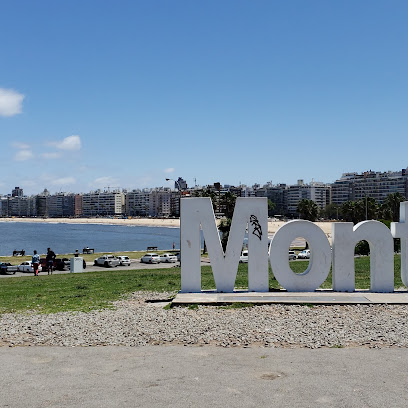
De los Pocitos Beach
Discover the beauty of De los Pocitos Beach, a vibrant urban paradise in Montevideo, perfect for sunbathing, water sports, and savoring local cuisine.

Plaza Tomás Gomensoro
Explore the serene beauty of Plaza Tomás Gomensoro, a lush park in Montevideo perfect for relaxation and cultural experiences.
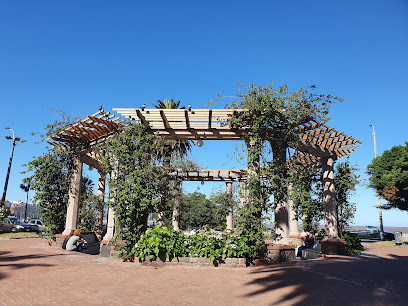
Universo Pittamiglio - Castillo del Alquimista
Explore the enchanting Universo Pittamiglio, an artistic castle in Montevideo that blends history, architecture, and the mystique of alchemy.
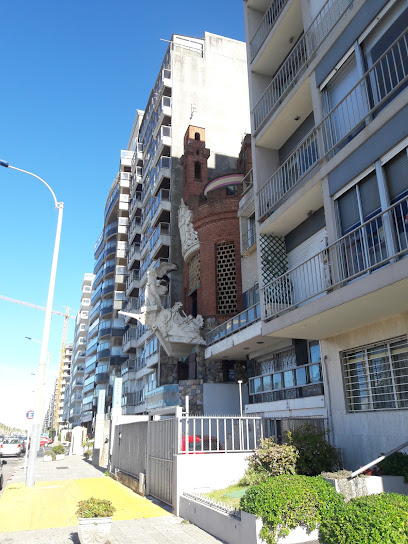
Villa Biarritz Park
Explore Villa Biarritz Park, an urban oasis in Montevideo filled with lush gardens, peaceful walking paths, and vibrant local culture.

José Pedro Varela square
Discover the tranquil charm of José Pedro Varela Square, an urban oasis in the heart of Montevideo, perfect for relaxation and cultural experiences.
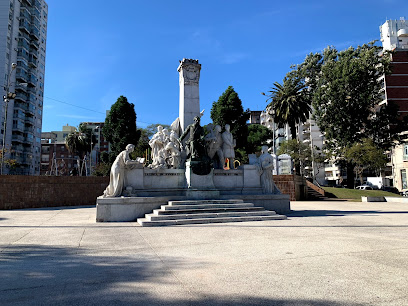
Rambla de Pocitos
Explore the stunning Rambla de Pocitos, Montevideo's premier waterfront promenade, perfect for relaxation, dining, and soaking up the vibrant local culture.
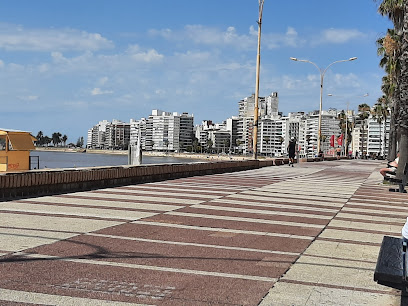
Monumento al Viejo Vizcacha
Explore the Monumento al Viejo Vizcacha in Montevideo, a captivating tribute to Uruguayan folklore and culture, surrounded by vibrant local life.
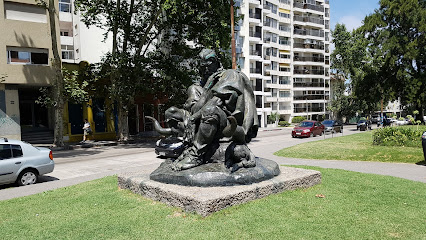
Monumento a El Aguatero
Explore the captivating Monumento a El Aguatero in Montevideo, a stunning tribute to the city's water carriers and a must-see cultural landmark.

Los Another Square
Explore the historic Los Another Square in Montevideo, a vibrant cultural hub rich with local heritage, art, and culinary delights.
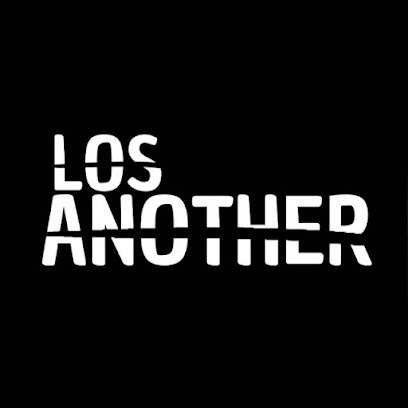
Unmissable attractions to see
Juegos del Parque Rodó
Experience the excitement of Juegos del Parque Rodó, an amusement park in Montevideo filled with thrilling rides and beautiful green spaces for families and visitors.
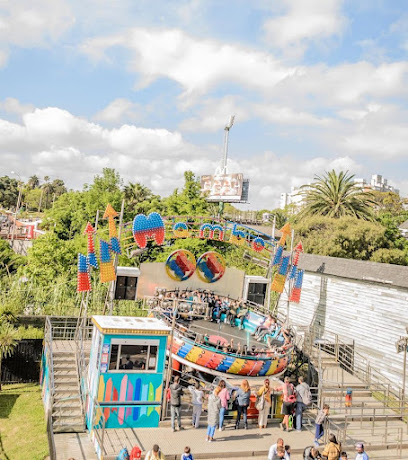
Plaza Tomás Gomensoro
Experience the vibrant beauty of Plaza Tomás Gomensoro, a lush urban park in Montevideo, perfect for relaxation and cultural exploration.
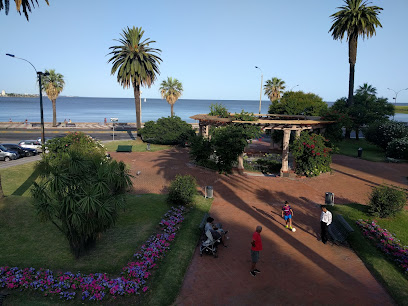
National Museum Of Visual Arts
Explore the National Museum of Visual Arts in Montevideo, where Uruguayan heritage meets stunning international art in a tranquil setting.

Palacio Salvo
Explore the majestic Palacio Salvo, a historical landmark that reflects the architectural splendor of Montevideo's past, located in Plaza Independencia.
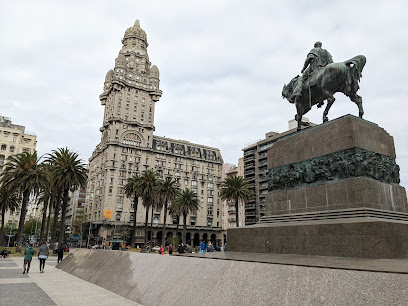
Canteras del Parque Rodó
Discover the natural beauty and cultural vibrancy of Canteras del Parque Rodó, a tranquil urban park in Montevideo, perfect for relaxation and recreation.
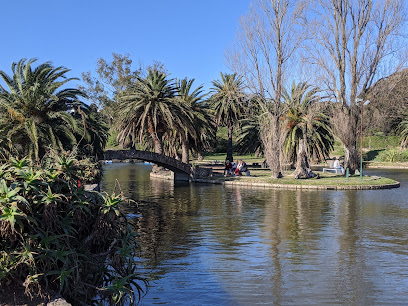
RODO PARK CASTLE
Explore the breathtaking Rodo Park Castle in Montevideo, a perfect blend of history and nature for an unforgettable experience.
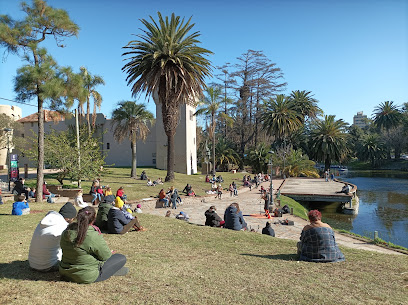
Rambla de Pocitos
Experience the beauty of Rambla de Pocitos, Montevideo's scenic promenade, where stunning coastal views and vibrant local culture await every visitor.
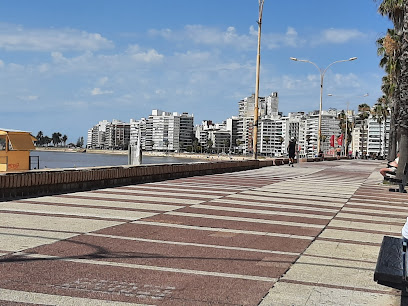
Essential places to dine
Expreso Pocitos
Discover the flavors of Uruguay at Expreso Pocitos, where delightful dishes meet a vibrant atmosphere in Montevideo.
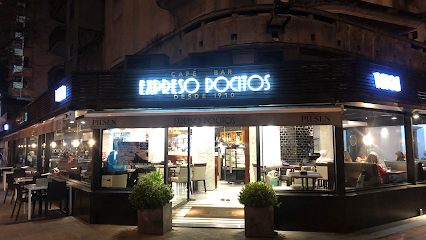
Fellini Pocitos
Discover authentic Italian cuisine at Fellini Pocitos - where every dish tells a story of tradition and flavor.
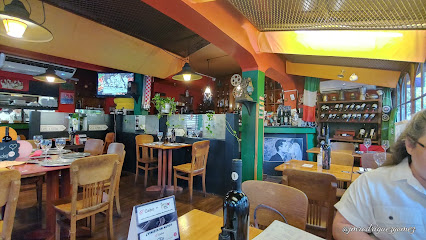
Restaurant Tandory
Experience exquisite Asian Fusion cuisine at Restaurant Tandory in Montevideo – where tradition meets innovation in every dish.
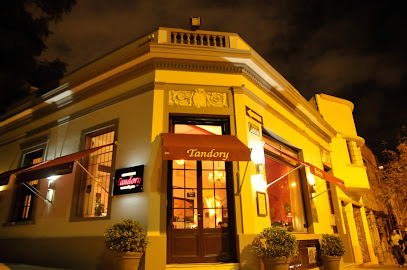
La Commedia
Discover the culinary delights at La Commedia in Montevideo – where every dish tells a story of Uruguayan culture and flavor.
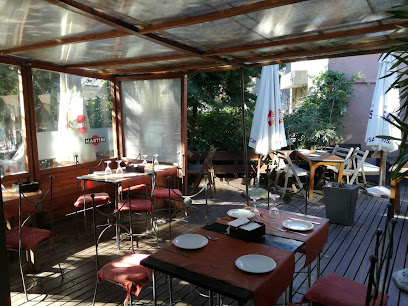
Bruta
Discover Bruta in Montevideo: A vibrant restaurant offering innovative Uruguayan cuisine in a cozy yet modern setting.

Milajó
Experience the best of Montevideo's culinary scene at Milajó, where exquisite pasta dishes meet warm hospitality.
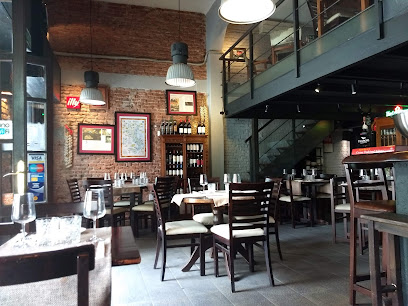
La Bottega
Discover authentic Italian cuisine at La Bottega in Montevideo - where gourmet dining meets exquisite grocery shopping.
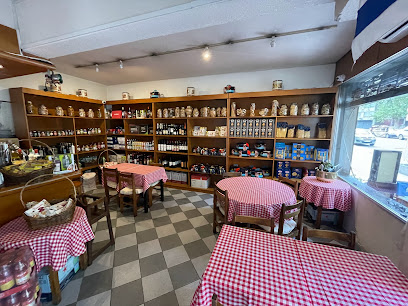
La Giraldita
Discover the vibrant flavors of Uruguay at La Giraldita - where traditional cuisine meets modern flair in Montevideo's heart.
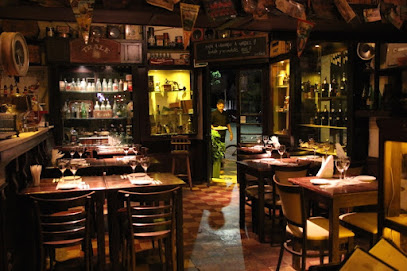
Pistatxofusión
Experience the best of Basque gastronomy at Pistatxofusión in Montevideo—where tradition meets innovation in every dish.

Plantado Restaurant
Discover exquisite local cuisine at Plantado Restaurant in Montevideo - where tradition meets sustainability in every dish.
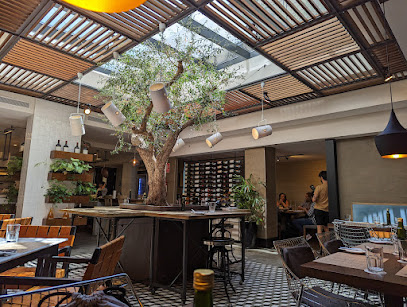
Markets, malls and hidden boutiques
Romero Pocitos
Discover unique fashion treasures at Romero Pocitos, a premier clothing store in Montevideo’s vibrant Pocitos neighborhood.

Ring A Bell
Explore unique fashion at Ring A Bell, a premier clothing store in Montevideo, offering a blend of local and international styles for every fashion enthusiast.
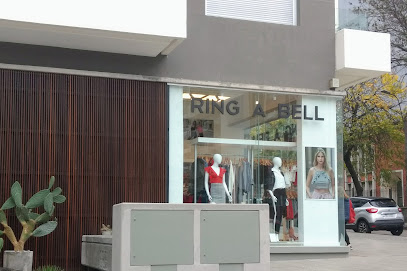
Limite Pocitos
Explore the vibrant fashion scene at Limite Pocitos, where style meets comfort in the heart of Montevideo.
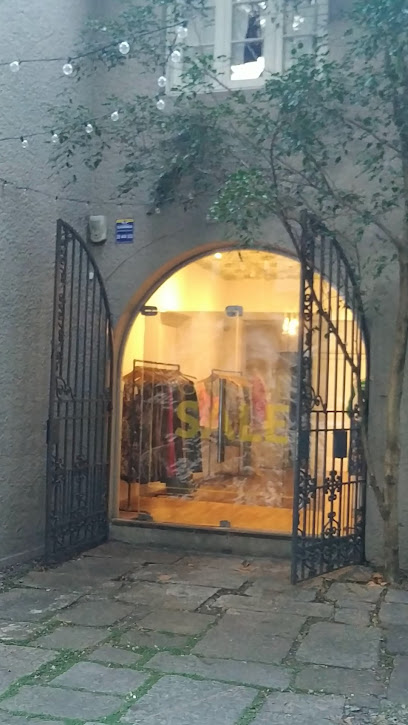
Pepita Dash Store
Discover unique fashion pieces at Pepita Dash Store, a vibrant clothing destination in Montevideo celebrating local design and style.
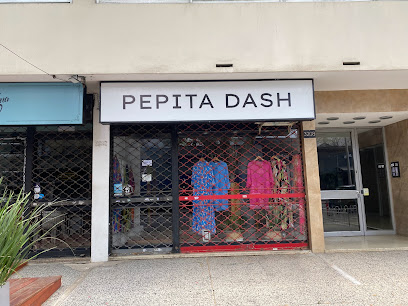
Cha Boutique
Explore unique women's fashion at Cha Boutique in Montevideo – a stylish blend of local charm and contemporary design.
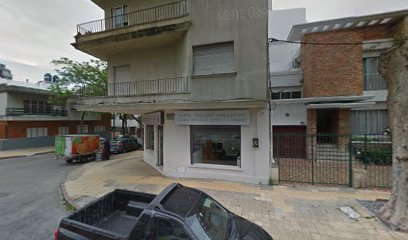
Nostalgia Second Hand
Discover unique vintage fashion at Nostalgia Second Hand in Montevideo, where every piece tells a story and sustainable shopping meets style.
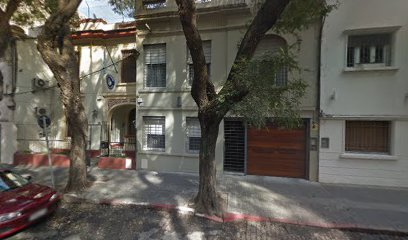
Shop it
Discover unique fashion pieces at Shop It, Montevideo's trendy clothing store offering contemporary styles inspired by local culture.
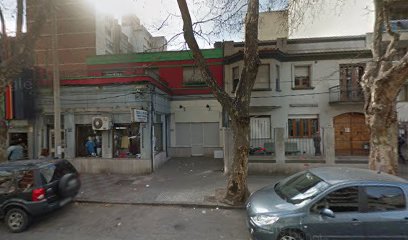
Divas Boutique Montevideo
Discover unique women's fashion at Divas Boutique Montevideo, where local style meets international trends for an unforgettable shopping experience.
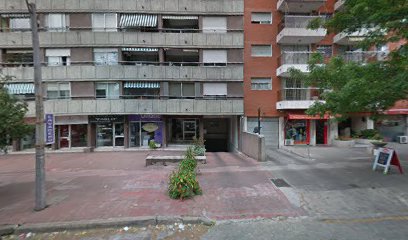
Petit Encant - Fcbk: @petitencant
Explore the enchanting world of Petit Encant, Montevideo's charming gift shop featuring unique local crafts and souvenirs that capture Uruguay's essence.
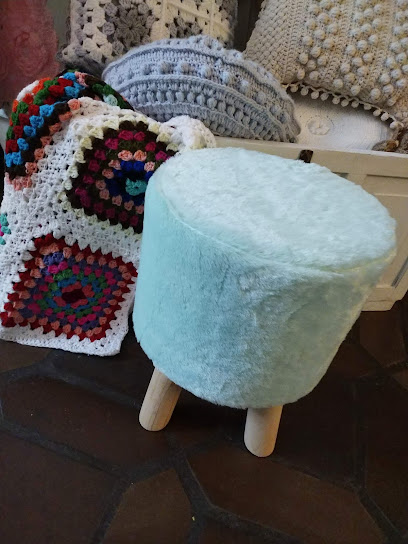
Almacen de Diseño
Explore the vibrant artistry of Uruguayan fashion at Almacen de Diseño, a clothing store that offers unique pieces reflecting local creativity.
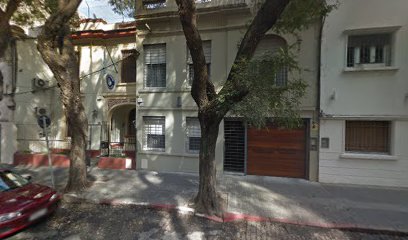
Essential bars & hidden hideouts
Gallagher's
Discover Gallagher's, Montevideo's lively Irish pub offering hearty meals, local beers, and a vibrant atmosphere perfect for socializing.
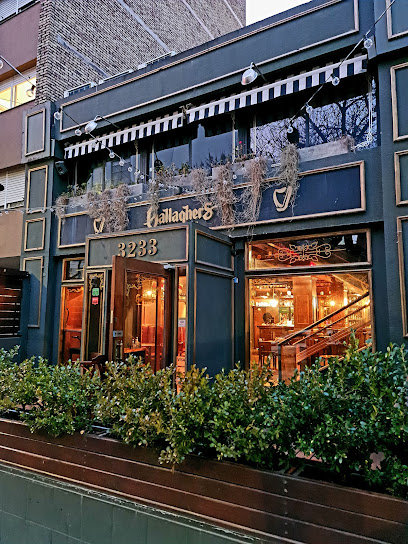
Bar Los 4
Experience the vibrant nightlife of Montevideo at Bar Los 4, a lively bar known for its friendly atmosphere and diverse drink selection.
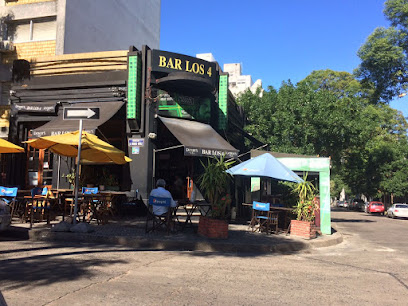
El Rancho Bar
Discover the heart of Montevideo's nightlife at El Rancho Bar, a lively destination for drinks, dancing, and unforgettable memories.
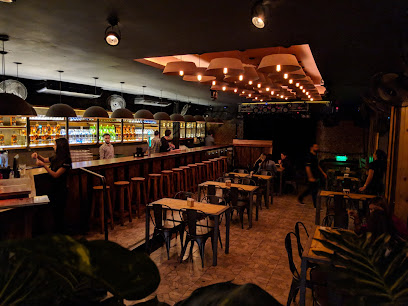
El Bacilon Pub
Experience the vibrant nightlife at El Bacilon Pub in Montevideo, a must-visit destination for drinks, dancing, and unforgettable memories.
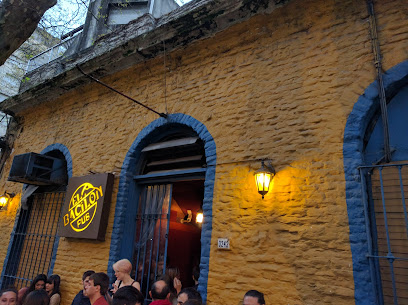
Birra Brava
Experience the vibrant nightlife of Montevideo at Birra Brava, where craft beer meets a lively atmosphere.
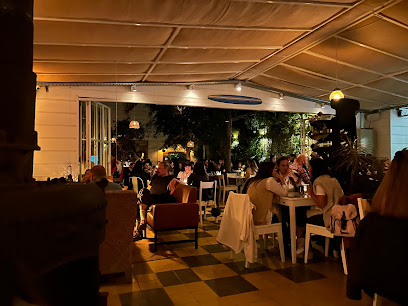
Marlon Bar
Experience the vibrant nightlife of Montevideo at Marlon Bar, where delicious cocktails and local culture come together in a lively atmosphere.
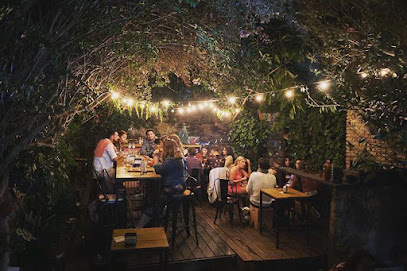
La Hacienda Bar
Discover La Hacienda Bar in Montevideo – a vibrant nightlife destination for cocktails, live music, and authentic Uruguayan culture.
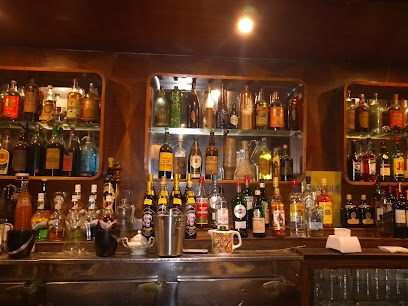
Bar 503 - Nando pool
Experience the vibrant nightlife of Montevideo at Bar 503 - Nando Pool, where drinks and good company await in an inviting atmosphere.
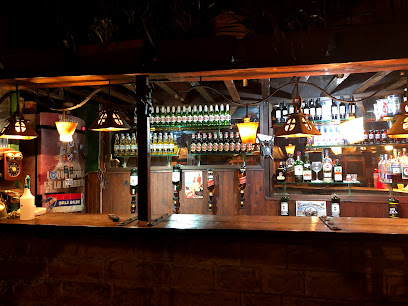
Lo de Vivi Bar
Experience the authentic nightlife of Montevideo at Lo de Vivi Bar, where local flavors and a vibrant atmosphere await.
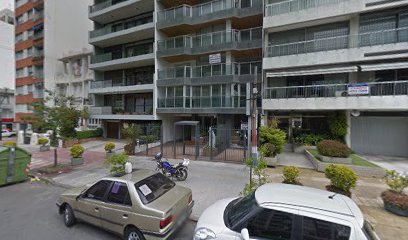
Oblivion
Discover Oblivion, a hidden bar in Montevideo, where creativity meets relaxation in a vibrant atmosphere filled with local art and culture.
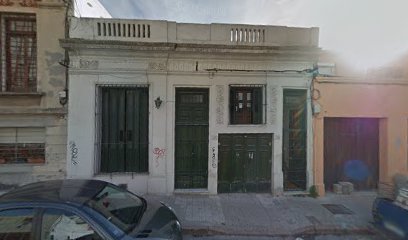
Local Phrases
-
- HelloHola
[oh-lah] - GoodbyeAdiós
[ah-dee-ohs] - YesSí
[see] - NoNo
[noh] - Please/You're welcomePor favor/De nada
[por fah-bor/de nah-dah] - Thank youGracias
[grah-see-ahs] - Excuse me/SorryDisculpe/Perdón
[dees-kool-peh/pehr-dohn] - How are you?¿Cómo estás?
[koh-moh ehs-tahs] - Fine. And you?Bien. ¿Y tú?
[byen. ee too] - Do you speak English?¿Hablas inglés?
[ah-blahs een-glehs] - I don't understandNo entiendo
[noh ehn-tee-ehn-doh]
- HelloHola
-
- I'd like to see the menu, pleaseMe gustaría ver el menú, por favor
[meh goos-tah-ree-ah behr ehl meh-noo, por fah-bor] - I don't eat meatNo como carne
[noh koh-moh kahr-neh] - Cheers!¡Salud!
[sah-lood] - I would like to pay, pleaseQuisiera pagar, por favor
[kee-see-eh-rah pah-gahr, por fah-bor]
- I'd like to see the menu, pleaseMe gustaría ver el menú, por favor
-
- Help!¡Ayuda!
[ah-yoo-dah] - Go away!¡Vete!
[veh-teh] - Call the Police!¡Llama a la Policía!
[yah-mah ah lah poh-lee-see-ah] - Call a doctor!¡Llama a un médico!
[yah-mah ah oon meh-dee-koh] - I'm lostEstoy perdido
[ehs-toy pehr-dee-doh] - I'm illEstoy enfermo
[ehs-toy ehn-fehr-moh]
- Help!¡Ayuda!
-
- I'd like to buy...Me gustaría comprar...
[meh goos-tah-ree-ah kohm-prahr...] - I'm just lookingSolo estoy mirando
[soh-loh ehs-toy mee-rahn-doh] - How much is it?¿Cuánto cuesta?
[kwan-toh kwehs-tah] - That's too expensiveEso es muy caro
[eh-soh ehs mwee kah-roh] - Can you lower the price?¿Puedes bajar el precio?
[pweh-dehs bah-hahr ehl pree-syoh]
- I'd like to buy...Me gustaría comprar...
-
- What time is it?¿Qué hora es?
[keh oh-rah ehs] - It's one o'clockEs la una
[ehs lah oo-nah] - Half past (10)Media (10)
[meh-dee-ah (diez)] - MorningMañana
[mah-nyah-nah] - AfternoonTarde
[tahr-deh] - EveningNoche
[noh-cheh] - YesterdayAyer
[ah-yehr] - TodayHoy
[oy] - TomorrowMañana
[mah-nyah-nah] - 1Uno
[oo-noh] - 2Dos
[dohs] - 3Tres
[trehs] - 4Cuatro
[kwah-troh] - 5Cinco
[seen-koh] - 6Seis
[sehs] - 7Siete
[syeh-teh] - 8Ocho
[oh-choh] - 9Nueve
[nweh-veh] - 10Diez
[dyez]
- What time is it?¿Qué hora es?
-
- Where's a/the...?¿Dónde está...?
[dohn-deh ehs-tah] - What's the address?¿Cuál es la dirección?
[kwal ehs lah dee-rehk-syohn] - Can you show me (on the map)?¿Puedes mostrarme (en el mapa)?
[pweh-dehs mohs-trar-meh (ehn ehl mah-pah)] - When's the next (bus)?¿Cuándo es el próximo (autobús)?
[kwan-doh ehs ehl proh-ksee-moh (ow-toh-boos)] - A ticket (to ....)Un boleto (a ...)
[oon boh-leh-toh (ah ...)]
- Where's a/the...?¿Dónde está...?
History of Pocitos
-
Pocitos began to take shape in the late 19th century, primarily as a residential area for the upper class of Montevideo. Its development was closely linked to the expansion of the city beyond the original colonial boundaries. The neighborhood's name derives from the Spanish word 'pocito,' meaning 'small well,' which references the small water wells that were once common in the area.
-
The early 20th century saw Pocitos evolving into a popular beach destination. The construction of the Rambla, a picturesque waterfront promenade, transformed Pocitos into a leisure hub. This period marked the emergence of a vibrant beach culture, with families flocking to the area for its sandy shores and recreational activities, solidifying its status as a key social space in Montevideo.
-
During the 1920s and 1930s, Pocitos experienced a significant architectural boom, characterized by the construction of elegant apartment buildings and mansions in various styles, including Art Deco and Neoclassical. This architectural diversity reflects the affluence of the time and the neighborhood's appeal to Montevideo's upper and middle classes.
-
Pocitos is home to several cultural and sporting institutions, including the renowned Club de Golf del Uruguay, established in 1894. The neighborhood's dedication to sports and recreation is evident in its parks and recreational facilities, which foster a community spirit and attract both locals and tourists. Events and tournaments held here contribute to Montevideo's cultural tapestry.
-
In recent decades, Pocitos has undergone gentrification, attracting young professionals and families drawn to its vibrant atmosphere and proximity to the beach. Modern developments have emerged alongside preserved historical buildings, creating a unique blend of old and new. This transformation has sparked discussions about urban identity and the preservation of cultural heritage within Montevideo.
Pocitos Essentials
-
Pocitos is well-connected to other neighborhoods in Montevideo. The main public transport options include buses and taxis. From Ciudad Vieja, you can take bus lines D1, D2, or 168, which will take you directly to Pocitos. If you are at the Tres Cruces Terminal, several bus routes, including lines 186 and 188, also head towards Pocitos. For a more convenient option, taxis and ride-sharing services like Uber are readily available throughout the city.
-
Pocitos is a walkable neighborhood, making it easy to explore on foot. Public buses operate frequently, and bus stops are conveniently located. For those who prefer cycling, there are bike lanes along the Rambla, which offers a picturesque route along the coastline. Taxis and ride-sharing services are also available for quick and easy transport within the area.
-
Pocitos is generally considered a safe neighborhood for tourists; however, standard precautions should be taken. Avoid walking alone late at night in poorly lit areas, particularly around the outskirts of the neighborhood. While there are no specific high-crime areas targeting tourists, petty theft can occur in crowded places, so always be aware of your belongings.
-
In case of an emergency, dial 911 for police assistance or medical emergencies. The local hospital is Hospital de Clínicas; for minor health issues, there are several pharmacies around Pocitos. It is advisable to have travel insurance that covers health emergencies. Familiarize yourself with the location of the nearest police station, which is located on Avenida Brasil.
-
Fashion: Do wear casual, comfortable clothing suitable for walking. Swimwear is acceptable at the beach, but avoid wearing it in restaurants or shops. Religion: Do respect local customs, though Pocitos is primarily secular. Public Transport: Do give your seat to the elderly or those in need. Don’t eat or drink on public buses. Greetings: Do greet with a friendly 'Hola' and a smile. Eating & Drinking: Do try local dishes and enjoy meals at a leisurely pace. Don’t engage in loud or disruptive behavior.
-
To experience Pocitos like a local, start by visiting the Parque Rodó, where you can join locals for picnics and relax by the lake. Explore the local cafes and bakeries for a taste of Uruguayan pastries like 'chivito' and 'alfajores'. Additionally, take a stroll along the Rambla for stunning views of the Río de la Plata, especially during sunset. Engage with locals at the markets for fresh produce and artisanal goods, and don’t hesitate to ask for recommendations on hidden gems within the neighborhood.
Nearby Cities to Pocitos
-
Things To Do in Maldonado
-
Things To Do in Punta del Este
-
Things To Do in Colonia del Sacramento
-
Things To Do in La Plata
-
Things To Do in Buenos Aires
-
Things To Do in Fray Bentos
-
Things To Do in Tacuarembó
-
Things To Do in Mar del Plata
-
Things To Do in Rosario
-
Things To Do in Córdoba
-
Things To Do in Encarnacion
-
Things To Do in Carmen del Parana
-
Things To Do in Villarrica
-
Things To Do in Puerto Iguazú
-
Things To Do in Foz do Iguaçu








